The term CDC, short for Change Data Capture, is nothing new to those with a background in the IBM i development field and is often grouped into one of the many approaches or styles of system integrations including APIs, event streams, and process automation.
Some CDC solutions may be specific to a particular platform, reside directly on the IBM i itself, or even be hosted in the cloud or another third-party infrastructure. CDC tools come in many flavors and sizes, vary in terms of cost, and may come with extra bells and whistles depending on the needs of the end user. A true CDC tool usually automatically monitors user defined data (such as a table or column) within a database to identify, track, and stream changes made to said data so that those changes can be sent to other systems or applications in real-time or near-real-time with no manual developer action required.
Change data capture tools are ultimately helpful because they enable end users to keep their data across different systems synchronized without needing to constantly poll an entire database for changes. This decreases the amount of processing power and resources required for data integration tasks and also ensures that downstream systems have access to the most up-to-date and recent information while eliminating the drawbacks/resources spent performing system to system integrations/updates manually.
Based on observations we’ve observed in the field, the most common scenarios leading to the implementation of a CDC based solution may include:
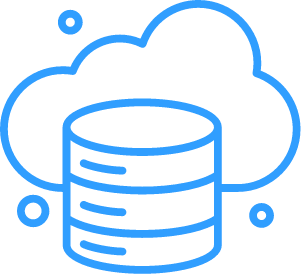
Need for real-time or near-real-time data synchronization to ensure accurate and timely updates across systems, allowing informed decision-making and maintaining operational efficiency
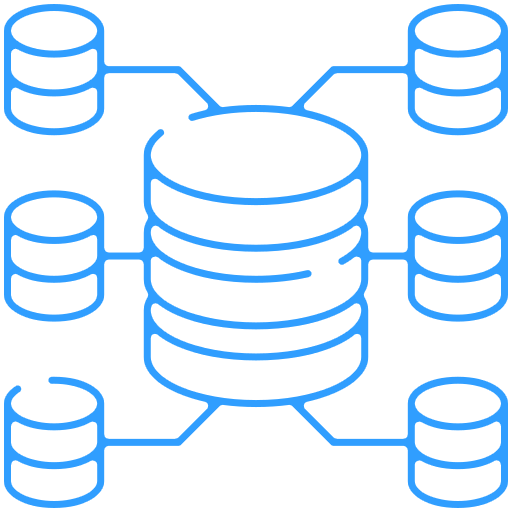
Business demand to handle high volumes of data changes to keep up with the pace of modern business environments and response times
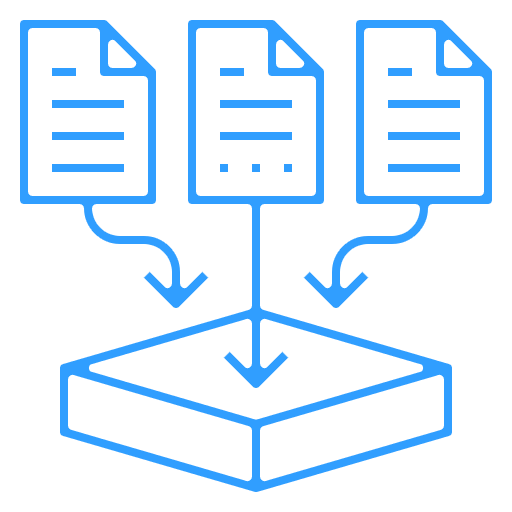
Reliability and scalability to accommodate growing volumes of data and increasing complexity of integration requirements

Hassle free implementation, configuration, and management, without requiring extensive expertise or team member training
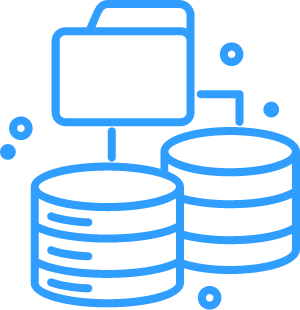
Requirement for seamless integration with existing infrastructure, databases, and applications without causing disruptions or requiring major architectural changes/re-work.
When evaluating solutions on the market, it’s essential to consider factors such as cost, complexity, implementation time, potential performance impact on the IBM i platform, as well as time spent training team members how to use the tool. While some CDC solutions may be expensive, complex, and time-consuming to implement, others may offer a simple and cost-effective approach for those seeking a simple DB2 replication tool.
For IBM i specific integration capabilities, the most ideal solution would be one that provides seamless integration with existing IBM i based applications, efficient data capture and mechanisms, and support for IBM i data type translations and operations.
If you are interested in learning more about how we’ve assisted teams of all sizes architect, revise, or implement tools to seamlessly enable IBM i based integration use cases, feel free to get in touch!

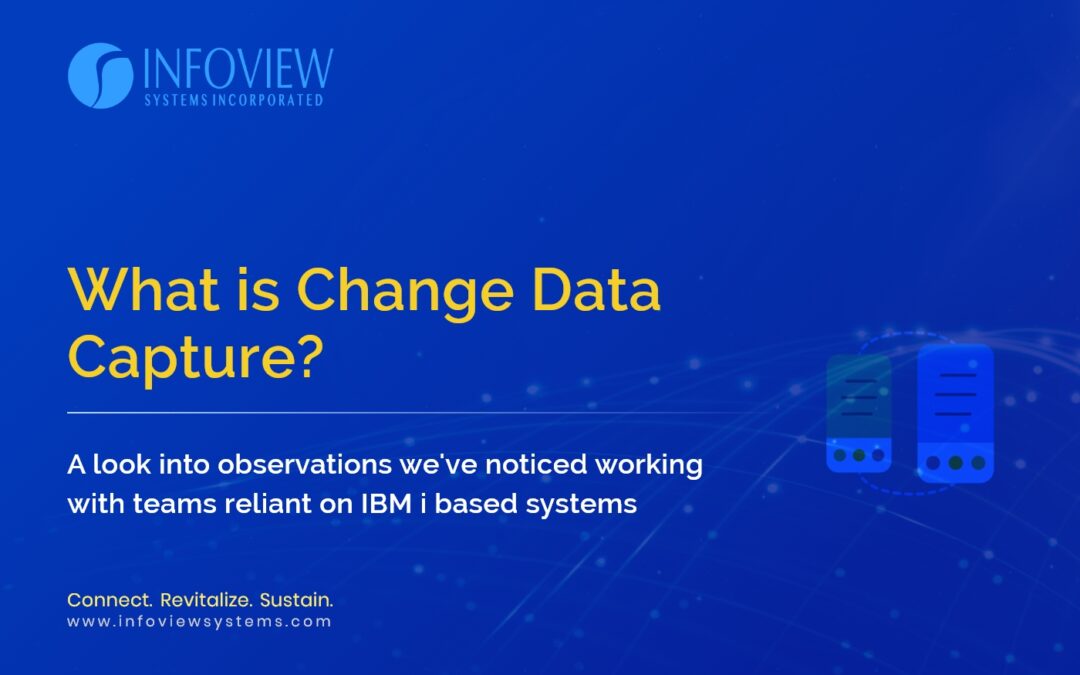
Recent Comments